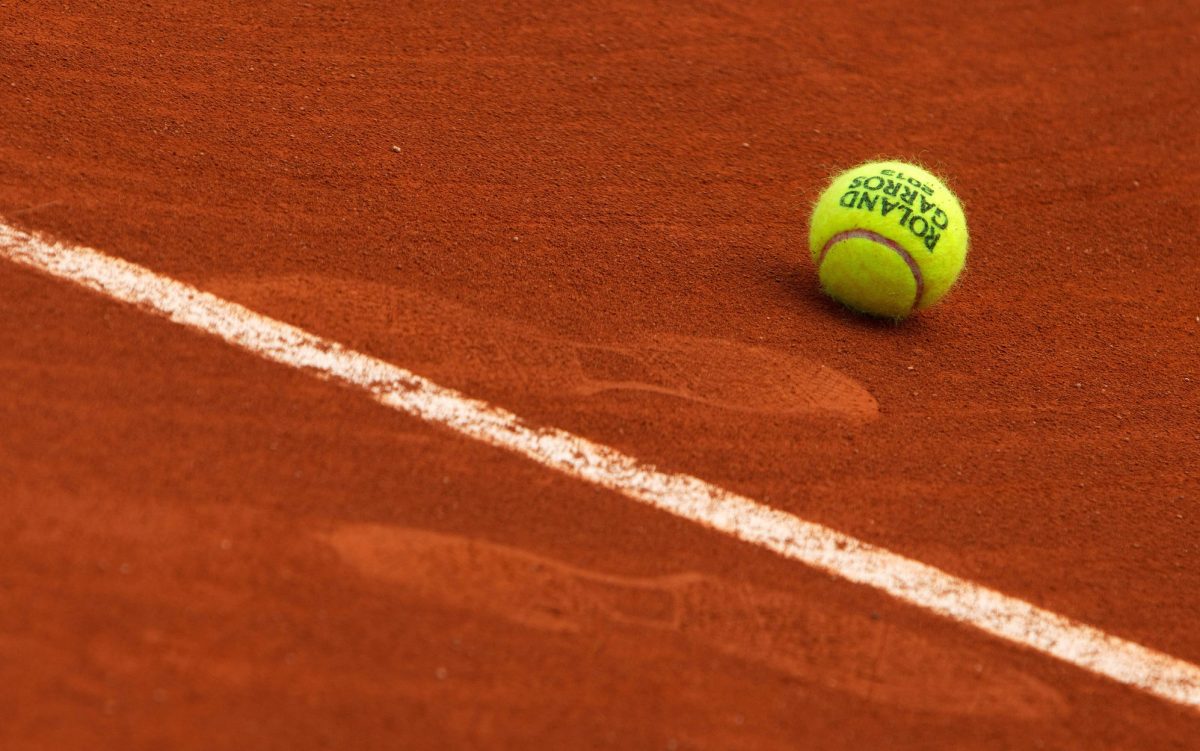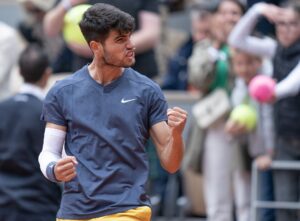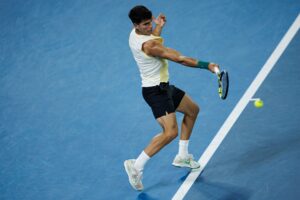Clay is a surface that generally benefits those who play more from the back and hit the ball with a lot of spin. It benefits players with flat groundstrokes less as the clay surface causes their ball to bounce higher than a grass or hard surface.
Playing on clay is a very tactical game. The construction of the point and the approach are very different. Players have to work with their legs more to master the transition between defense and offense and give themselves more space to create more rotation and more spin. More spin means more bounce, which makes it harder for the opponent.
On clay, players have to generate much of their own pace compared to grass and hard courts, so it’s essential to have strong legs and good racket head speed. Due to the slow nature of clay, it’s tough to hit winners, so patience is a must for players.
The first clay-court Masters tournament of the season is right around the corner at the Rolex Monte-Carlo Masters. There are a total of three Masters 1000 events that take place every year on the ATP tour in Monte Carlo, Madrid, and Rome. All three tournaments are played in Europe, so one might think they will share the same conditions. But some details make them different.
Difference in the Three Clay Masters Events
Altitude
Altitude plays a vital role in determining the conditions. The Monte-Carlo Masters and Italian Open (Rome) are tournaments located at sea level, whereas the Madrid Open is 657 meters above sea level, making a big difference. The density of air at higher altitudes is lower, so the ball travels faster because the resistance is less.
In Madrid, the players feel that they have less control of the ball. The conditions are faster, and they have less control because the ball flies much more. That is why players change their racket tension. The higher the racket tension, the greater the control. But the players have to apply more power to the ball.
Madrid is tough for the seeded players, as they find it difficult to get used to the conditions at first. They come from conditions like Monte Carlo and Barcelona, which are tournaments located closer to the sea level. Everything happens faster in Madrid compared to the other two Masters.
Weather
Weather significantly affects playing conditions. The ball bounces much higher in sunny conditions, as the ground is dry, whereas in heavier cloudy conditions, the ball bounces less, as the air is humid and the ground loses its dryness. It is much harder to hit winners in overcast conditions. These differences at a professional level are huge.
Monte Carlo and Madrid are usually very bright, but it can sometimes rain in Rome during May.
Windy conditions present the most difficult challenge for players since they must make several adjustments. Monte-Carlo Masters has the most windy conditions of the three events due to being situated close to a water body. The players must determine where the wind is coming from and adjust their racket tension accordingly.
Main Photo Credit: Matthias Hauer/GEPA via USA TODAY Sports






